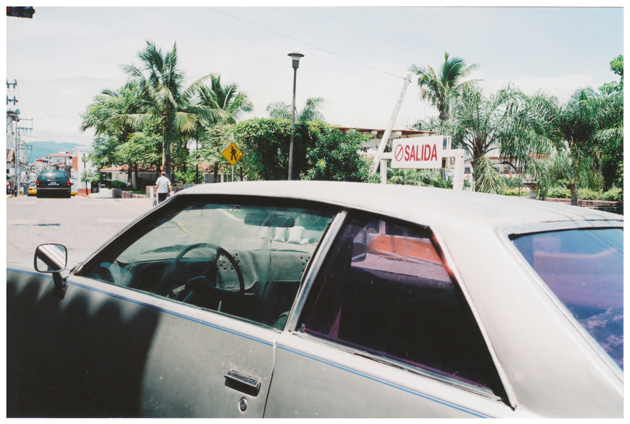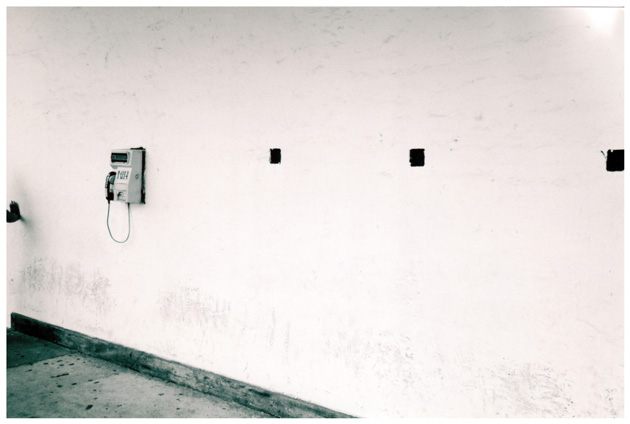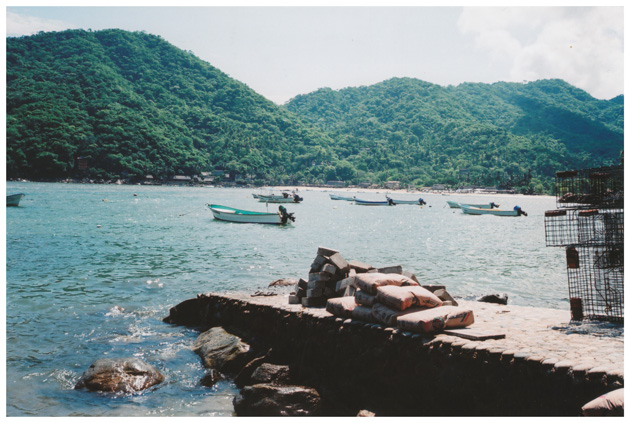The Editorial: I Wanna Deliver A Shark
Torture devices, outlandish sex toys and garish, ostentatious trinkets might make you uncomfortable. As artefacts of design, they invariably reflect some human behaviour, some deeply held desire. “What is wrong with people?” you might ask. But regardless of your quirks and kinks (or your motivations and prejudice therein), it is through our charged relationships to these objects, their symbols, their very existence, that we might most understand our absurd selves.
I caught the Design for the Real World exhibition at London’s Royal College of Art on its closing day last week. Among lighting schemes for poor urban neighbourhoods, a bike-powered espresso maker and edible insects, Ai Hasegawa‘s extraordinarily provocative “I Wanna Deliver A Shark” was tucked into a quiet corner. Equal parts whimsical LOL and stare-you-in-the-face “I dare you!”, her design exercise asks exactly what the title suggests: would you deliver a shark? And this is not Gaetano Pesce-style shock-art. Hasegawa is dead serious.
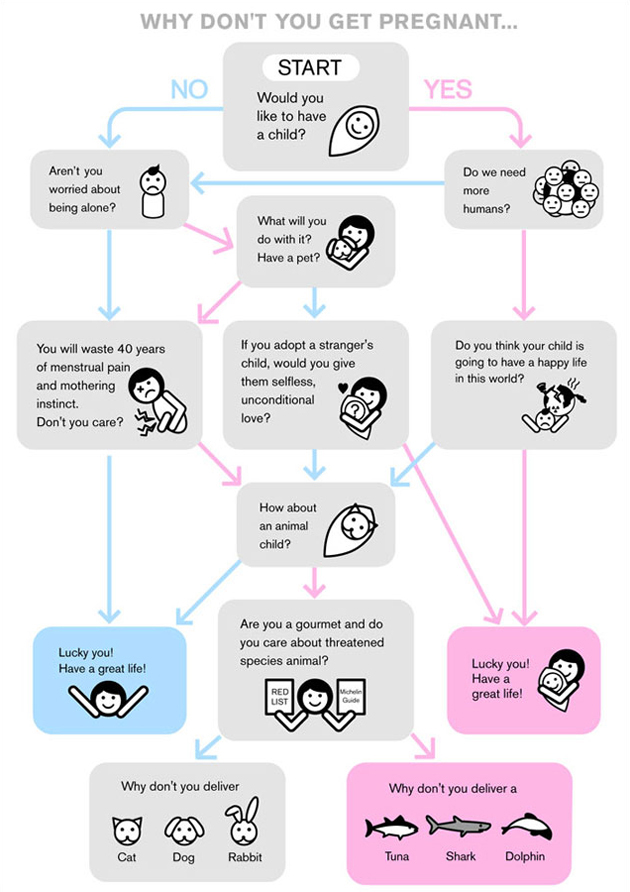
For occupying such messy social space, Hasegawa’s idea is surprisingly elegant: it’s a scary, uncertain world – maybe instead of bringing another person into it, you might put your reproductive organs to use, and perhaps even positively contribute the food chain in the process. Three birds with one stone. (And to avoid any trace of misogyny, I invite all the guys to close their eyes and imagine a shark foetus inside them.)
While the whole thing is biological pie-in-the-sky (for now), the prospect is both terribly conflicting and strangely compelling. But man, since we just love to harp on about sustainability, animal kindness, responsible supply chains, it could be interesting to see people put their money where their mouths are: “Yes, I know exactly where this endangered fish I’m eating came from!” And one can’t help but wonder what the hardcore Alice Waters acolytes who endlessly preach locavorism might feel when it involves a placenta and a great deal of blood coming out of you.
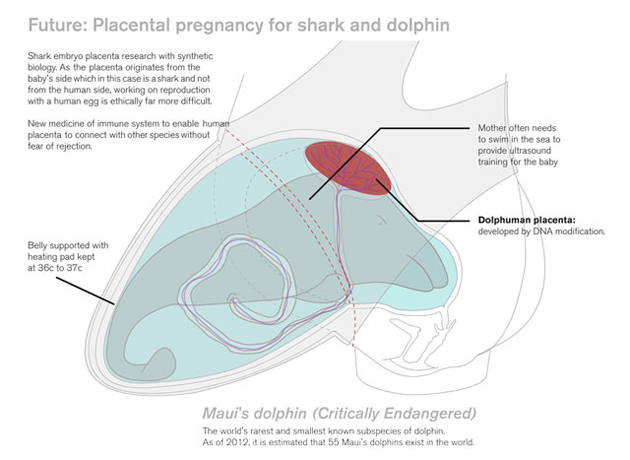
And much like the torture devices, sex toys and gluttonous SUVs, Hasegawa’s exercise strikes uncomfortably at the heart of our absurd humanity. What’s sacred? What isn’t? Why? So, why not give birth to an adorable little salmon filet? Or a cute kitty? Given the context of plummeting happiness, overpopulation and sinking economies, it almost makes sense.
So, would you? Could you?
























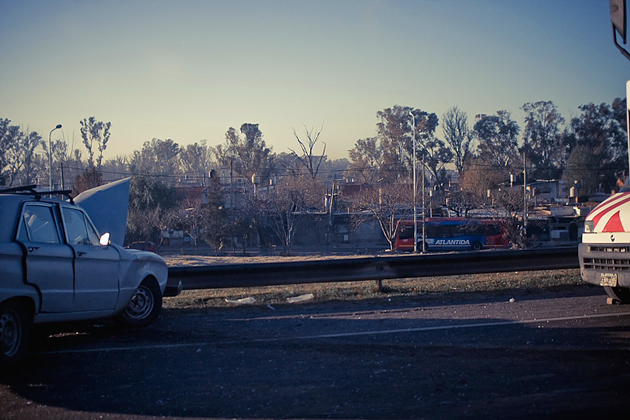







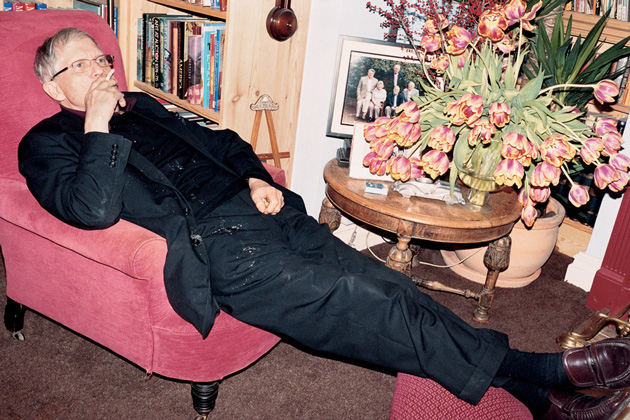 Top Tung Walsh for
Top Tung Walsh for  Greta Garbo by Cecil Beaton
Greta Garbo by Cecil Beaton Jolijn Snijders
Jolijn Snijders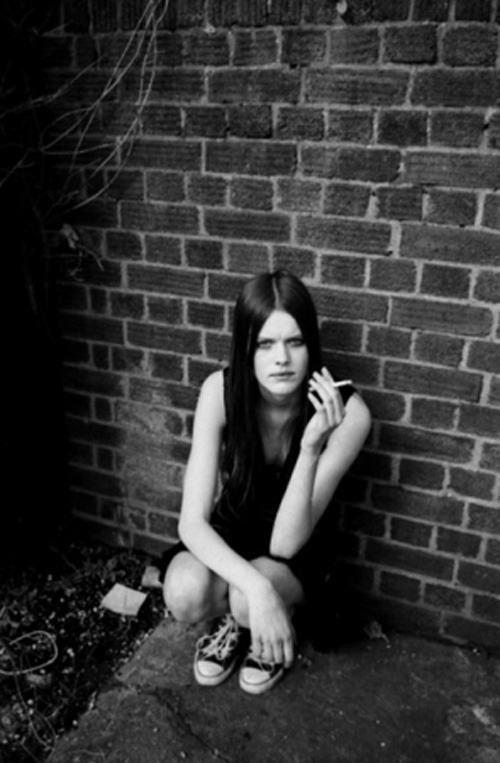


 Top Jolijn Snijders, above Skye Parrott
Top Jolijn Snijders, above Skye Parrott

